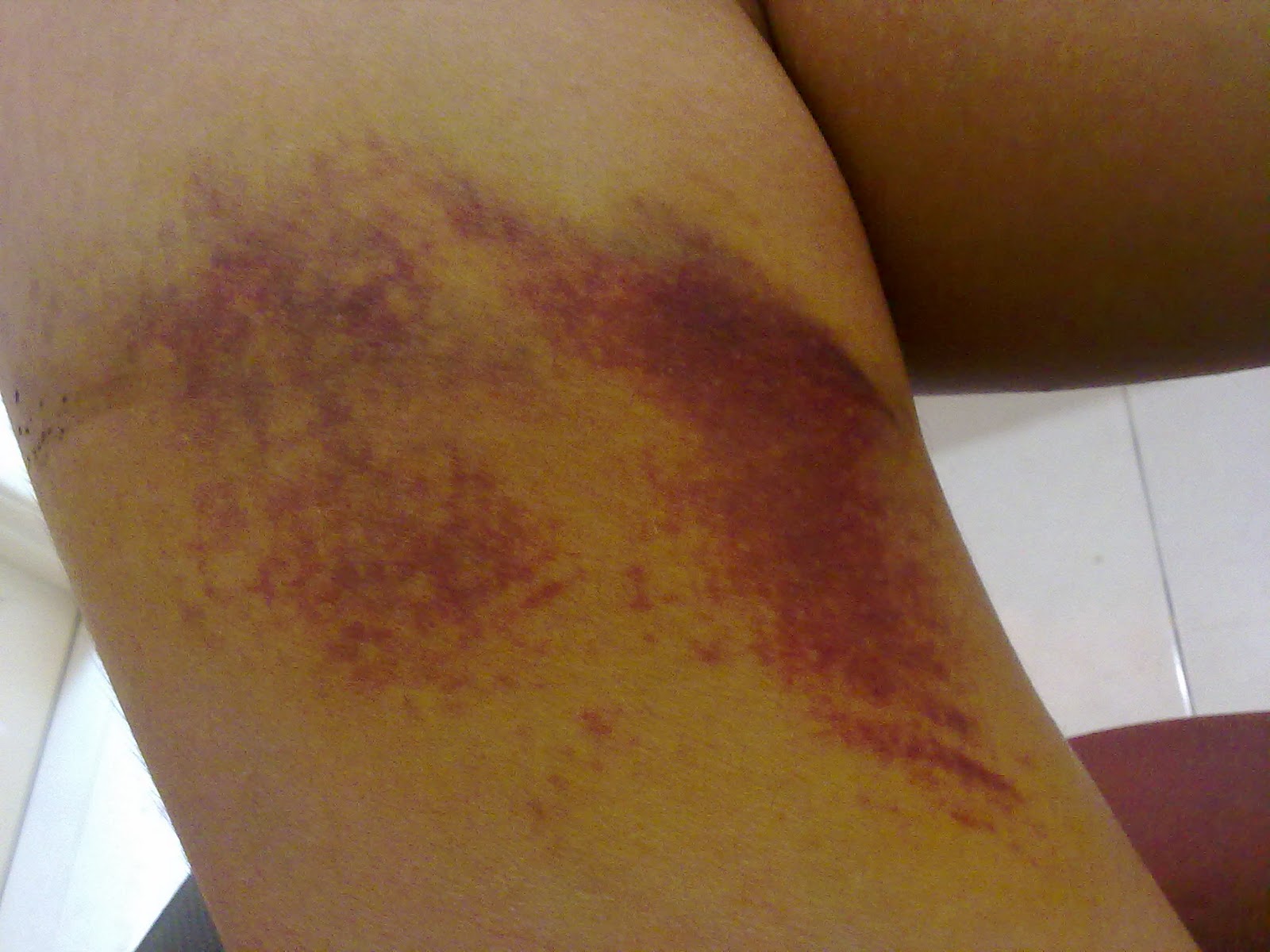Purpura simplex

- very common disease
- affects more women than men
- the exact cause and mechanism remain unclear
- there may be various disorders as one of the symptoms or a variant of the norm
- there may be more cases of this disease in the family


Risk factors
The following factors increase the likelihood of developing this disease:
- low body mass
- taking medicines that affect the clotting system.
- previous use of glucocorticoids (hormones).
- sun exposure
Purpura simplex is characterized by:
- discoloration of the skin and/or mucous membranes due to damage to small blood vessels and bleeding
- color changes occur on their own without previous bruising
- the initial color is violet, which goes through several stages over a few weeks, then the following colors can be seen: orange, brown, blue, green
- by size: up to 2 mm are called petechiae, larger ones are called ecchymoses
- localization: thighs, buttocks, upper arms
Diagnostics
In most cases, the patient’s survey and examination data are sufficient to establish the diagnosis. Blood tests may be performed, during which coagulation indicators are checked (a typical variant of the norm).
Treatment
There is no special treatment. The disease itself, in the absence of another illness, is not life-threatening. It is recommended to correct risk factors, avoid aspirin and preparations containing it.

Peeling skin syndrome
Peeling skin syndrome is a genetic disorder characterized by constant peeling of the skin. The disease appears from birth or in the first year of life
lasts a lifetime
Mycosis Fungoides
The most common primary skin T-cell lymphoma (cancer of the blood). Mycosis Fungoides is characterized by three main stages, several of which may exist at the same time
Paraneoplastic dermatological manifestation of gastrointestinal malignancies
rare disorders resulting from the immune system’s response to a cancerous process (neoplasia) in the body. Gastrointestinal neoplasms more often cause paraneoplastic syndromes affecting the skin.



